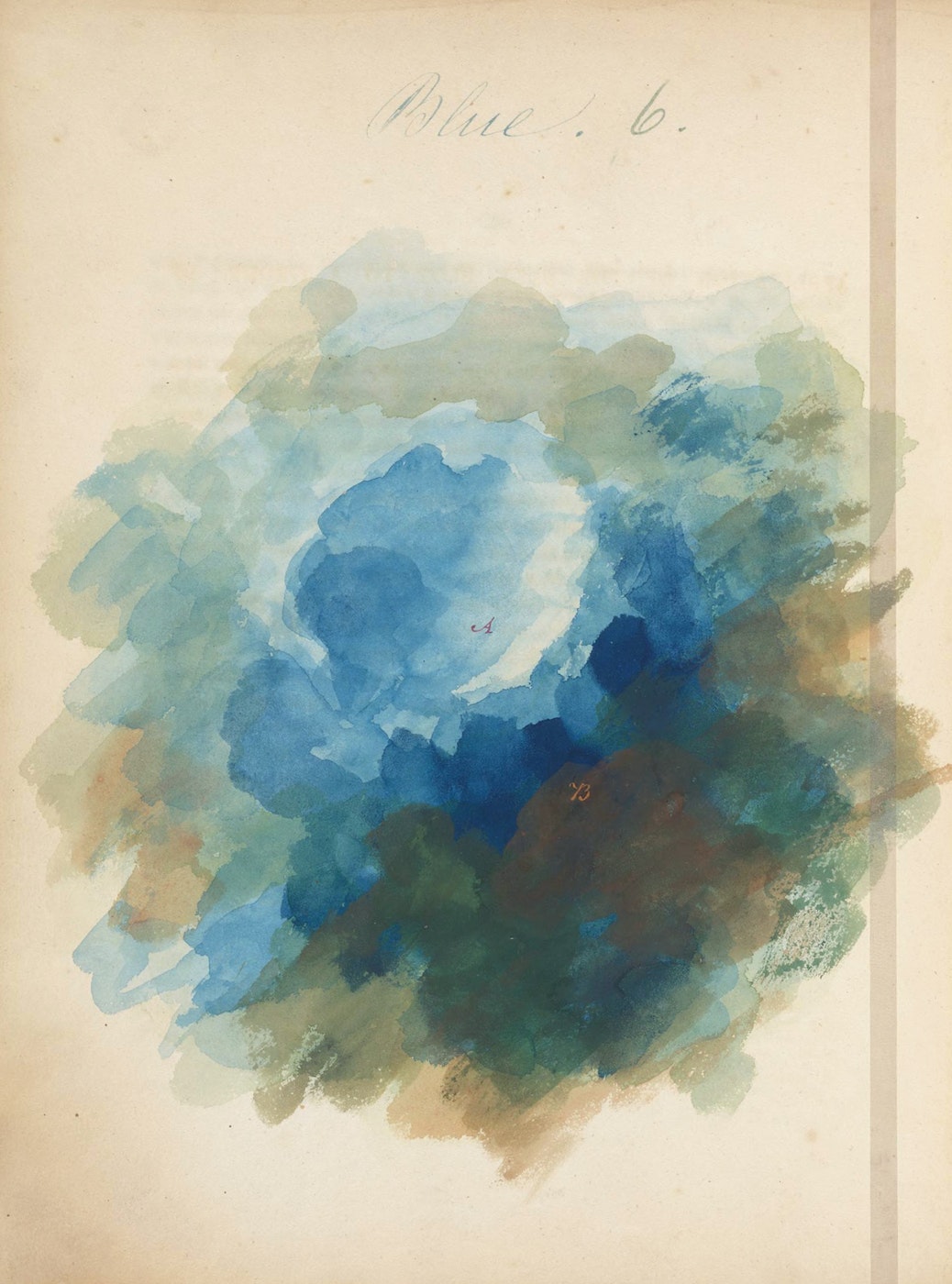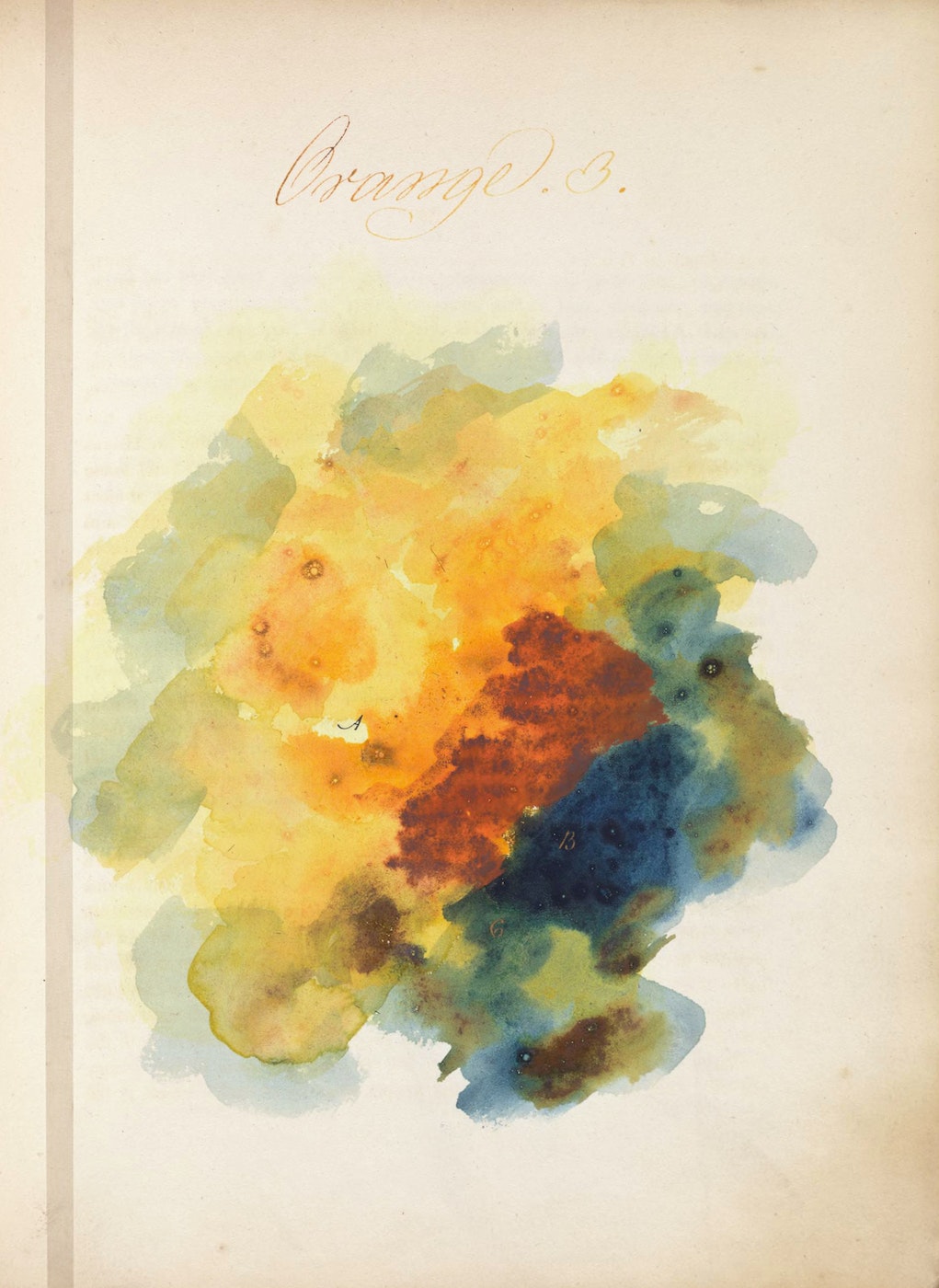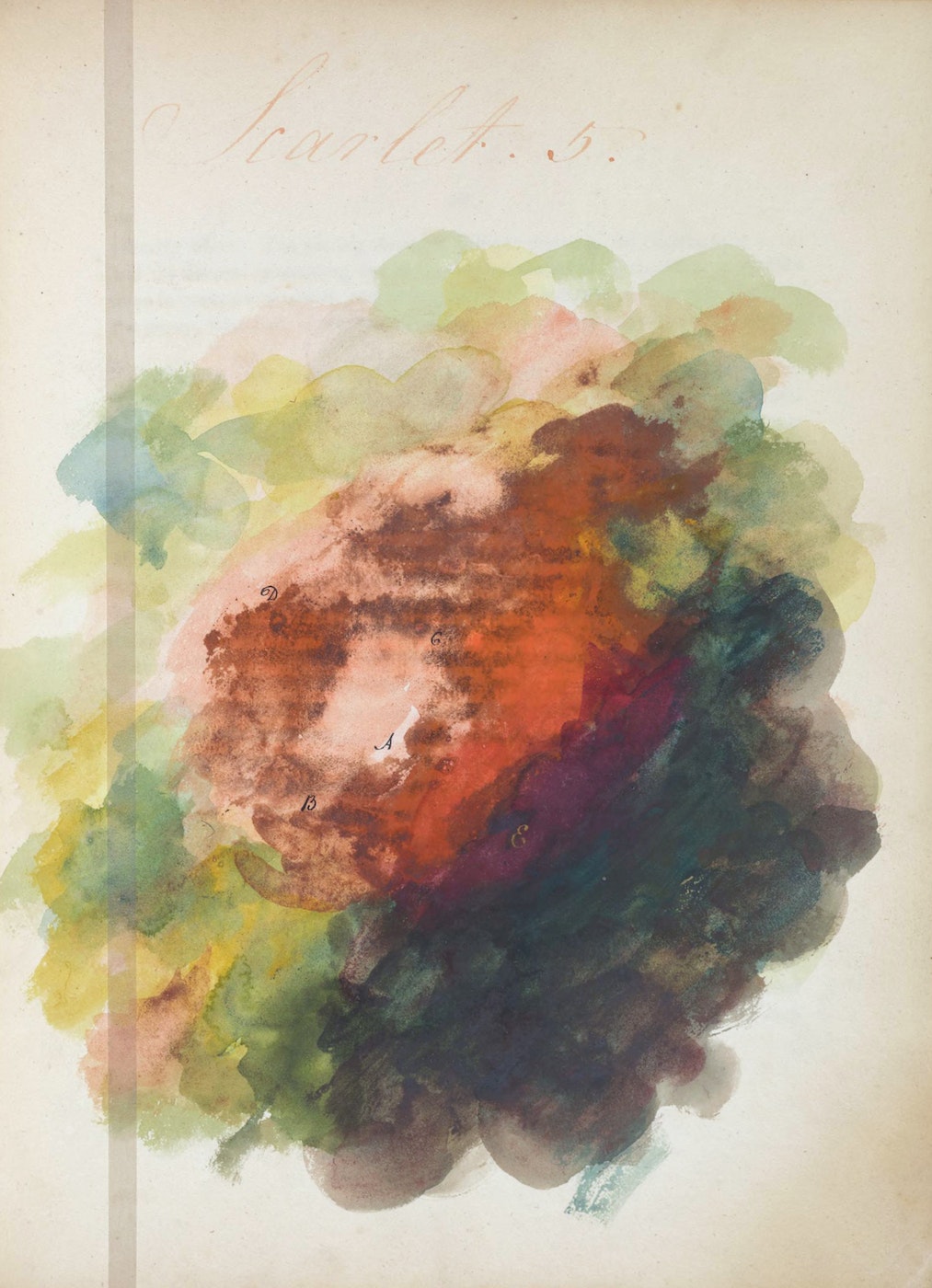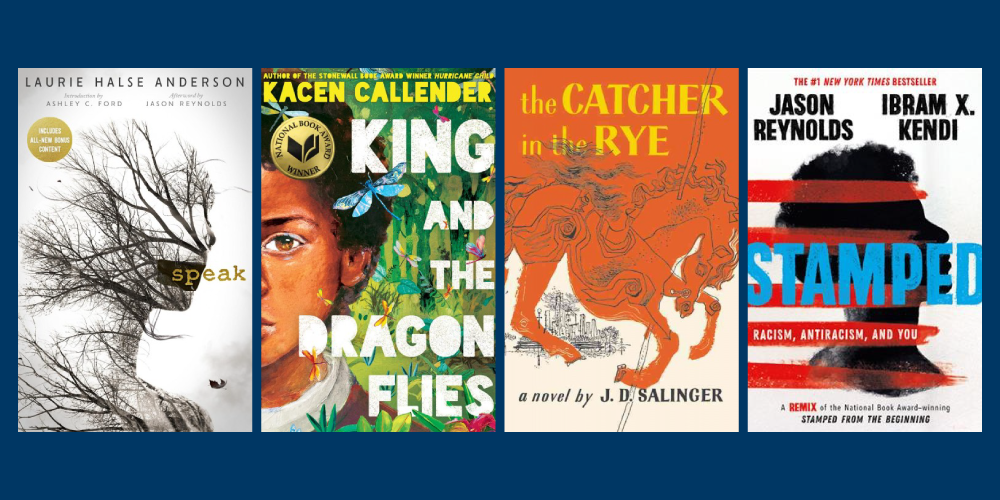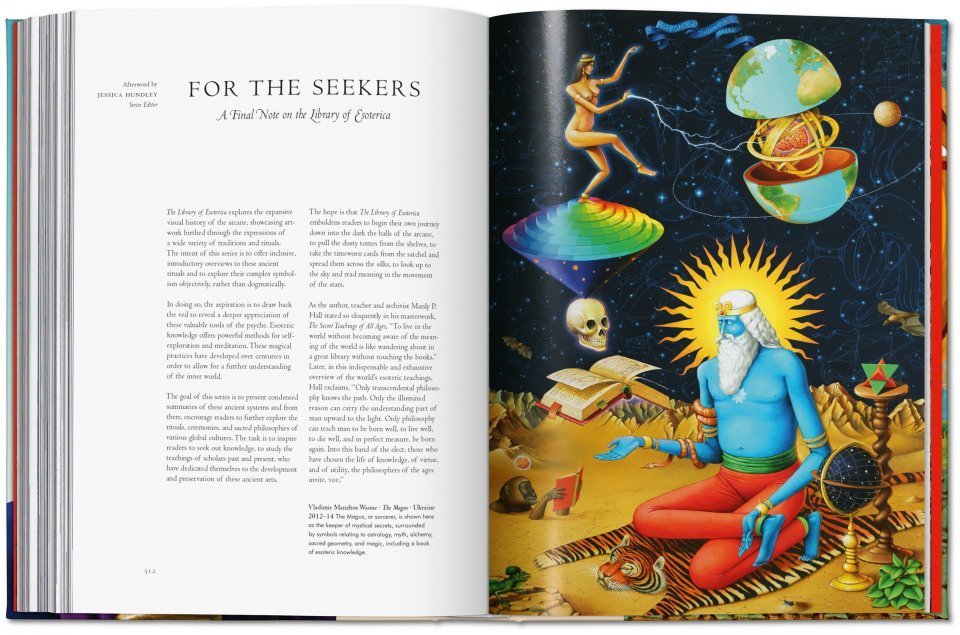If you were listening to recorded music around the turn of the twentieth century, you listened to it on cylinders. Not that anyone alive today was listening to recorded music back then, and much of it has since been lost. Invented by Alexander Graham Bell (better known for his work on an even more popular device known as the telephone), the recording cylinder marked a considerable improvement on Thomas Edison’s earlier tinfoil phonograph. Never hesitant to capitalize on an innovation — no matter who did the innovating — Edison then began marketing cylinders of his own, soon turning his own name into the format’s most popular and recognizable brand.
“Edison set up coin-operated phonograph machines that would play pre-recorded wax cylinders in train stations, hotel lobbies, and other public places throughout the United States,” writes Atlas Obscura’s Sarah Durn. They also became the medium choice for hobbyists. “One of the most famous is Lionel Mapleson,” says Jennifer Vanasco in an NPR story from earlier this month.
“He recorded his family,” but “he was also the librarian for the Metropolitan Opera. And in the early 1900s, he recorded dozens of rehearsals and performances. Listening to his work is the only way you can hear pre-World War I opera singers with a full orchestra”: German soprano Frieda Hempel, singing “Evviva la Francia!” above.
The “Mapleson Cylinders” constitute just part of the New York Public Library’s collection of about 2,700 recordings in that format. “Only a small portion of those cylinders, around 175, have ever been digitized,” writes Durn. “The vast majority of the cylinders have never even been played in the generations since the library acquired them.” Most have become too fragile to withstand the needles of traditional players. Enter Endpoint Audio Labs’ $50,000 Cylinder and Dictabelt Machine, which uses a combination of needle and laser to read and digitize even already-damaged cylinders without harm. Only seven of Endpoint’s machines exist in the world, one of them a recent acquisition of the NYPL’s, which will now be able to play many of its cylinders for the first time in more than a century.
Some of these cylinders are unlabeled, their contents unknown. Curator Jessica Wood, as Velasco says, is hoping to “hear a birthday party or something that tells us more about the social history at the time, even someone shouting their name and explaining they’re testing the machine, which is a pretty common thing to hear on these recordings.” She knows that the NYPL’s collection has “about eight cylinders from Portugal, which may be some of the oldest recordings ever made in the country,” as well as “five Argentinian cylinders that have preserved the sound of century-old tango music.” In the event, from the first cylinder she puts on for NPR’s microphone issue familiar words: “Hello, my baby. Hello, my honey. Hello, my ragtime gal.” This listening experience perhaps felt like something less than time travel. But then, were you really to go back to 1899, what song would you be more likely to hear?
Related content:
Hear Singers from the Metropolitan Opera Record Their Voices on Traditional Wax Cylinders
A Beer Bottle Gets Turned Into a 19th Century Edison Cylinder and Plays Fine Music
400,000+ Sound Recordings Made Before 1923 Have Entered the Public Domain
Based in Seoul, Colin Marshall writes and broadcasts on cities, language, and culture. His projects include the Substack newsletter Books on Cities, the book The Stateless City: a Walk through 21st-Century Los Angeles and the video series The City in Cinema. Follow him on Twitter at @colinmarshall or on Facebook.

